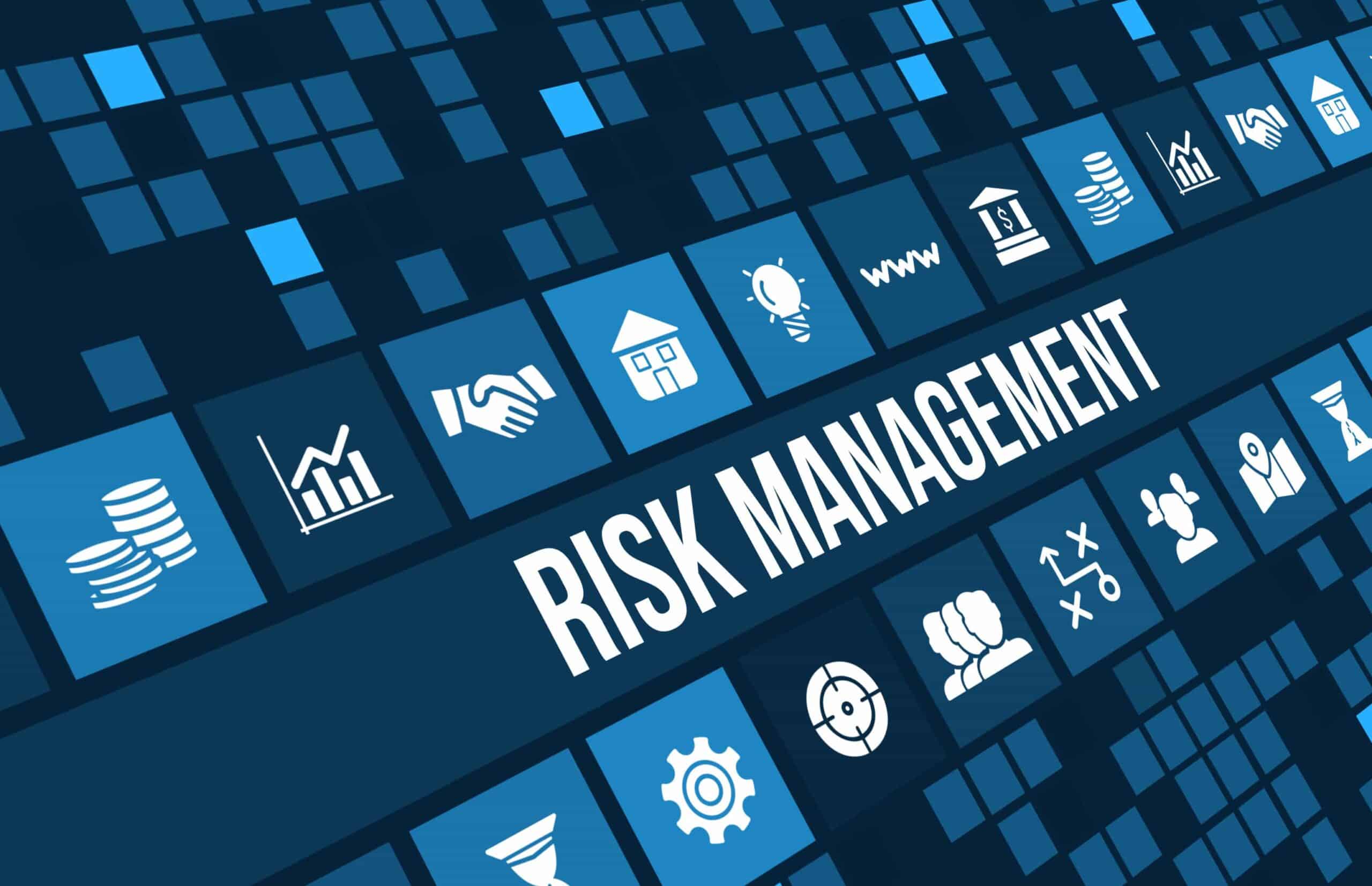Why is sustainability a challenge?
Sustainability for any organisation, regardless of size, must include some, if not all, of declaring achievement of various of the UN Sustainable Development Goals (SDG), greenhouse gas (GHG) reduction (aka. your carbon footprint), and progress towards securing a favourable Environment, Social, and Governance (ESG) rating.
While PLCs must grasp the scale of the problem and have the budgets to do so, in the Small Enterprise / SME sector the processes are simpler while the budgets are lacking. Either way, as the scale of the organisation and its supply chain crosses nations or continents, the challenges – and the risks – grow exponentially.
That the pressures are increasing was summed up well by Mazars LLP, who commented:
“… although some companies have set up steering committees for general sustainability issues that have public reporting within their remit, from the companies interviewed, these sustainability issues do not appear to be filtering through to operational risk management”.
Sustainability and Risk Support
Unfortunately, risk managers are very rarely well versed in sustainability. However, given that the UN Global Compact has been in existence for almost twenty years, the embedding of its four pillars now needs to be prioritised, and certainly it must be addressed within corporate risk registers.
Conversely, Chief Sustainability Officers are rarely sufficiently competent in matters of risk. Your Head of Risk and your Chief Sustainability Officer, together with other persons and committees responsible for sustainability, need the appropriate tools and support to report ESG related risks.
Highlighting only a few examples of how risk and sustainability overlap, consider:
- A consortium of 680 financial institutions from 28 countries have signed the Carbon Disclosure Project’s campaign to promote reporting on climate change, deforestation and water usage. Access to the capital you require will become progressively more restricted if you cannot report upon your impact and actions.
- The CEO of the world’s largest asset manager announced last year that his firm would vote against management and board directors who are not making sufficient progress on sustainability measures.
- A Harvard Business Review article noted research that showed a disconnect between directors and their organisations related to environmental concerns, with 72% of boards reporting their companies would reach their climate goals, even though 43% of those companies had yet to establish a carbon-reduction target. The potential for D&O (Directors and Officers) litigation is clear.
ESG frameworks and stakeholders
Stakeholders now include the general public, customers, employees, suppliers, and often the government too. The growing prominence of ESG dramatically impacts how directors and officers of public companies define and carry out their responsibilities, and it begins with adopting a corporate governance framework which recognises stakeholder interests together with the evolving regulatory landscape.
Your ESG framework should be adapted to offer a mechanism through which the process of environmental, social, and governance risk assessment and management can be explained to stakeholders, while supporting internal multidisciplinary teams in their duty to conduct risk assessments.
